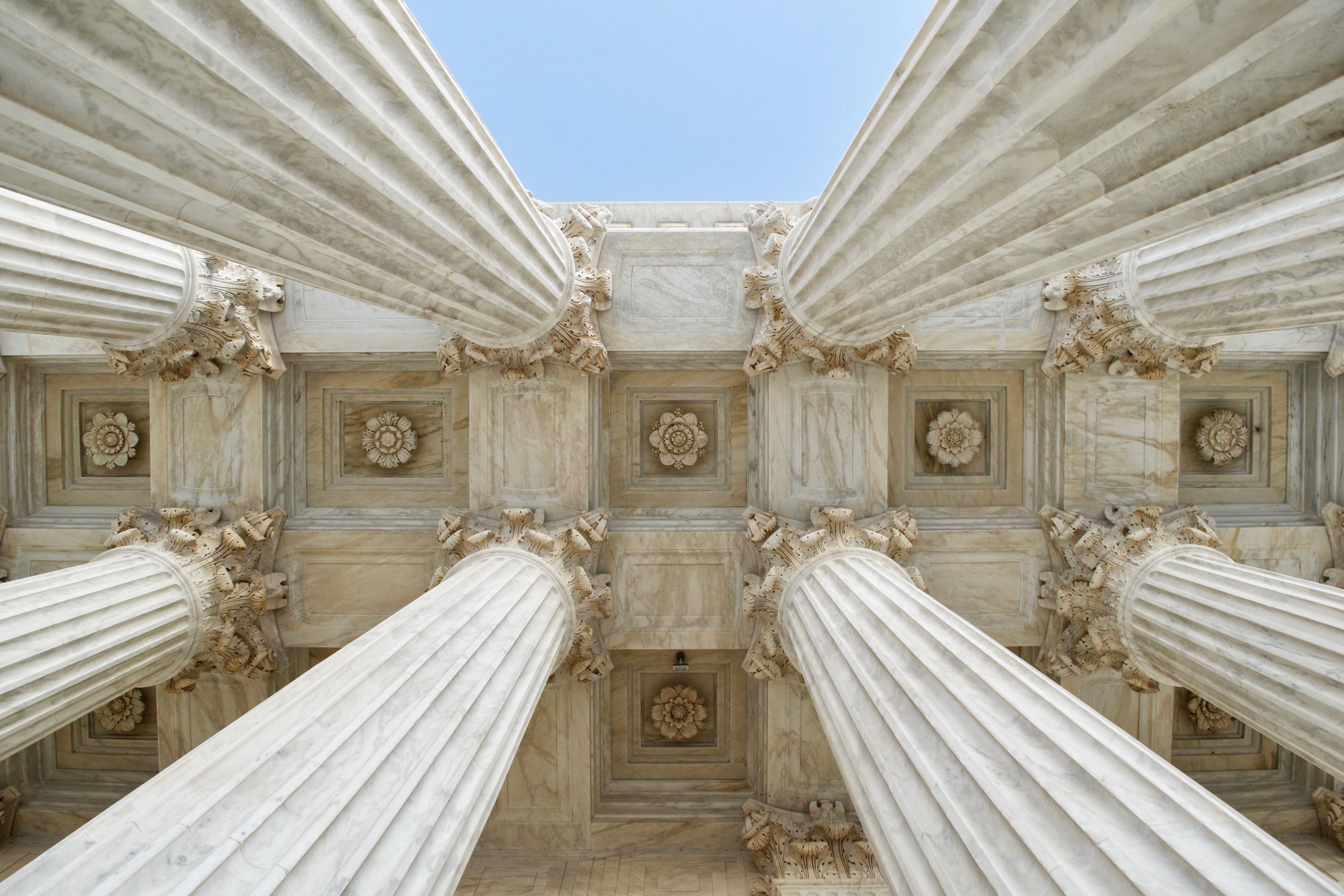‘Jackassery’: The latest demagoguery about cameras in the Supreme Court
jackassery:
noun
jack-ass-ery
: a piece of stupidity or folly : DOLTISHNESS
// the most preposterous jackassery we ever heard of — Hubert Kay
(Merriam-Webster)
On the third day of D.C. Appeals Court Judge Ketanji Brown Jackson’s U.S. Supreme Court confirmation hearing, Sen. Ben Sasse (R-NE) embarked on a non-sequitur harangue about whether to allow cameras in the nation’s highest court.
At least two other members of the Senate Judiciary Committee had already asked Judge Jackson about the issue, and on each occasion, she gave a non-committal answer — that, if confirmed, she would discuss the matter with her fellow justices. (Yawn.)
That, on its own, was a marked departure from several other Supreme Court nominees during the past several years, who told the committee they supported cameras in the court, only to change their positions almost immediately after being sworn in.
Nevertheless, for whatever reason, Sen. Sasse felt compelled to rant, unmoored from his line of questioning, about the irreparable harm he feels video coverage of Supreme Court oral arguments and its renderings of decisions would do to American jurisprudence and the rule of law:
First, senator, it was RTDNA, in 2000, that first compelled the Supreme Court to release same-day audio recordings, in George W. Bush and Richard Cheney vs. Albert Gore, et al., which decided that year’s presidential election. To their credit, then-Chief Justice William Rehnquist and his successor, Chief Justice John Roberts, continued the practice, first for landmark cases and, since the start of the pandemic, by allowing live and archived audio streaming of all oral arguments.
Second, with respect, it’s a false equivalency to assume that just because cameras in Congress may be a predominant cause of “jackassery” (a point that could be debated) they will produce the same result in the Supreme Court.
Live-action cameras have been present on Capitol Hill since at least the beginning of television, perhaps most notably during the House Un-American Activities Committee hearings, the Army-McCarthy hearings, the Senate Watergate hearings and House Judiciary Committee Nixon impeachment hearings, the Iran-Contra hearings, and every Supreme Court nominee’s confirmation hearing since Antonin Scalia’s in 1986.
C-SPAN has broadcast every session of the House of Representatives since 1979, and every session of the Senate since 1986. Notably, there was no pervasive “jackassery” until much more recently, and one can reasonably tie it to the overall deterioration of American political discourse rather than the presence of television cameras.
Furthermore, the Supreme Court — and all federal courts, for that matter — have strict rules of conduct and decorum. Each public proceeding begins with a strict admonition from the Marshal of the United States Supreme Court.
The Honorable, the Chief Justice and the Associate Justices of the Supreme Court of the United States. Oyez! Oyez! Oyez! All persons having business before the Honorable, the Supreme Court of the United States, are admonished to draw near and give their attention, for the Court is now sitting. God save the United States and this Honorable Court.
Would any attorney — or anyone in the gallery, for that matter — dare engage in skullduggery and hijinks after hearing that? Would Chief Justice Roberts or any chief or associate justice tolerate it? Would the Supreme Court police not remove any person who, as described in the court’s official etiquette policy, was “unable to maintain proper behavior?”
Clearly, the answer to each of these questions is no.
Since 1946 — just as television started becoming a legitimate mass medium — U.S. federal courts have prohibited “broadcasting, televising, recording, or taking photographs” in courtrooms except under limited circumstances: Naturalization and ceremonial proceedings may be televised if the judge, or justice, allows. Also, there have been a handful of pilot programs throughout the years in which select district and appellate courts have experimented — successfully — with live televised coverage, mostly in civil cases. Yet, nothing has permanently changed.
In the meantime, several states have, for years, allowed cameras in the courtroom, providing critical transparency and allowing Americans to see for themselves how, not just that, justice has been done.
In recent months, the criminal trials of former police officers Derek Chauvin and Kimberly Potter in Minnesota, Kyle Rittenhouse and Chandler Halderson in Wisconsin, and those responsible for the death of Ahmaud Arbery in Georgia, have shown that the live broadcast of high-profile cases enhances the public’s understanding of the judicial system. It does not harm a defendant’s right to a fair trial. (Remember: The Constitution guarantees a defendant’s right to a public trial.)
In only one of those trials, the Rittenhouse case, was there any uncomfortable outburst, and it came from the judge, not the attorneys.
It’s long past time for the federal courts to join the 20th Century, not to mention the 21st. Frequent attempts in Congress during the past few decades to allow cameras in federal courtrooms have inexplicably failed. In 2004, RTDNA’s foundation honored Sen. Patrick Leahy (D-VT) and Sen. Chuck Grassley (R-IA) with its First Amendment Leadership Award for trying to get cameras into federal courts.
One of the most recent bills, filed in May 2021, has bipartisan support. Six of the 22 members of the Senate Judiciary Committee – Chairman Dick Durbin (D-IL), Ranking Member Grassley, Leahy, Sen. John Cornyn (R-TX), Sen. Amy Klobuchar (D-MN), and Sen. Richard Blumenthal (D-CT) – as well as Sen. Ed Markey (D-MA) – are either sponsors or co-sponsors.
So, Sen. Sasse, the presence of cameras in the Supreme Court would not lead to “jackassery.” On the contrary, it would finally allow large numbers of Americans to see, and not just hear, what the highest court of our land is doing in their name.

